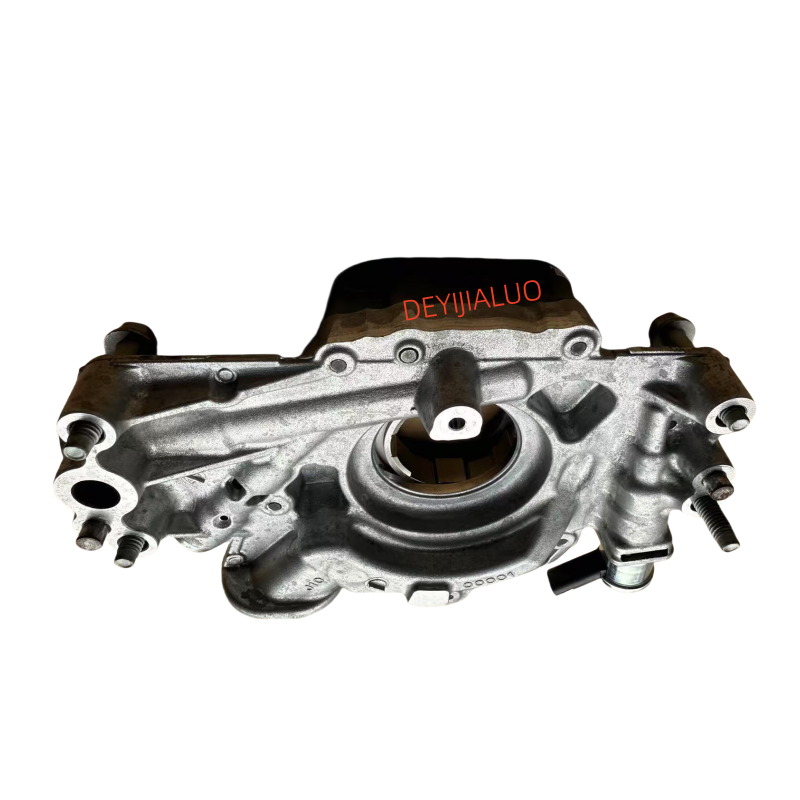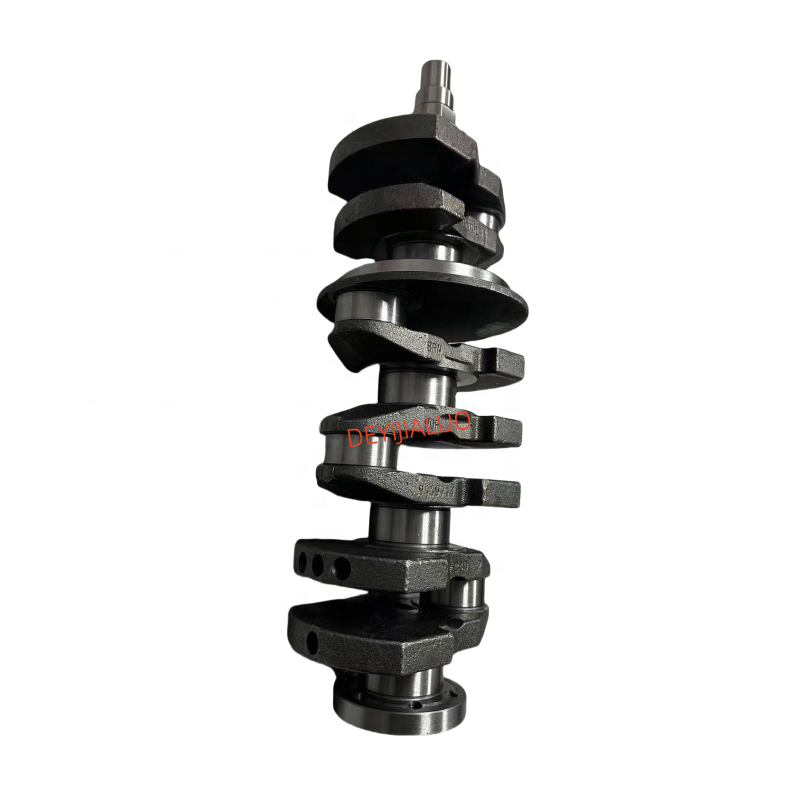Warehouse 9, North Yard, No. 78, Xiushui Street, Langfang, Hebei, China
Understanding Condensers: Key Components of Heat Exchange Systems
In the realm of industrial equipment and components, condensers play a crucial role in heat exchange systems, facilitating efficient thermal management across various processes. A condenser is a device that transforms a vapor into a liquid through the process of cooling, effectively removing heat from the vapor and condensing it into liquid form. This fundamental principle is vital in many industr
Sep 13,2025
There are several types of condensers, each designed to cater to specific operational environments and requirements. The most common types include air-cooled, water-cooled, and evaporative condensers. Air-cooled condensers utilize ambient air to dissipate heat, making them ideal for situations where water is scarce or not suitable for use. Water-cooled condensers, on the other hand, utilize water to remove heat and are often employed in larger systems that can accommodate a continuous water supply. Evaporative condensers combine the principles of both air and water cooling, offering an efficient solution for heat exchange in various industrial applications.
When selecting a condenser for your system, it is essential to consider factors such as the type of fluid being condensed, the operating temperature and pressure, and the available cooling medium. Each of these elements can significantly impact the efficiency and performance of the condenser. For instance, understanding the thermal properties of the working fluid can help determine the optimal heat transfer area needed for effective condensation.
Additionally, the design and construction of the condenser are paramount to its effectiveness. Factors such as material selection, fin design, and tube configuration can all influence the heat transfer capabilities and overall efficiency. Ensuring that the condenser is tailored to the specific requirements of your application can lead to substantial energy savings and improved system performance.
In summary, condensers are integral to the smooth operation of industrial heat exchange systems. Their ability to transform vapor into liquid while efficiently managing heat transfer is indispensable in a variety of applications. By taking the time to understand the different types of condensers, as well as the key factors influencing their selection and design, you can make informed decisions that enhance the efficiency and efficacy of your heat exchange systems. Ultimately, investing in the right condenser can lead to significant operational benefits, including reduced energy consumption and improved process reliability.
Hot Tags:
Contact Us
E-mail:
1534064519@qq.com
Phone/WhatsApp:
08613910643826
Address:Warehouse 9, North Yard, No. 78, Xiushui Street, Langfang, Hebei, China






